Description
Islamic wall art is part of Islamic culture and is the name given to the art produced by individuals attached to the religion of Islam.
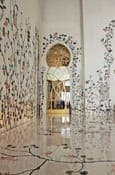
You will find the art in a geographical framework that covers all three continents.

It matured in the territories of the Byzantine and Sassanian empires, imbued with oriental aesthetics.

How do you distinguish Islamic art from others?
The rejection of the image and the predilection for fantasies with a naturalistic and geometric background stand out as their ideological constants.
In the Islamic world, there is the conviction that man is neither the center of creation nor the perfect measure to which the rest of things must adapt.
And this fact translates into prescriptions such as the prohibition of reproducing images of Allah and men.
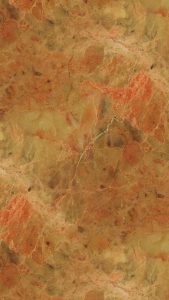
But the latter is not always respected.
Miniatures, murals, or mosaics are the alternative to statuary. And there is a tendency to represent inanimate nature, which leads to a preference for naturalistic and geometric background fantasies as a complement to architecture and the repetition of abstract forms.
![Arabic calligraphy. A painting of a verse from the Qur’an on a wall of blue Islamic motifs. indeed, with hardship [will be] ease. with every difficulty there is relief.](https://image.shutterstock.com/image-illustration/arabic-calligraphy-painting-verse-on-600w-1798867981.jpg)
The presence of regular or stellate polygons and polyhedral is constant.
Brick and masonry were the most used construction materials and their decorative materials par excellence are plaster and stucco.
The Islamic builder chooses the square as the organizing element of the space. And uses the cubic sphere for the development of the domes.
Regarding Islamic wall art, the geometric predominates (composed of arabesques, lacework, and latticework).
And uses the combination of elements extracted from nature combined in totally fantastic ways in perpetual symmetrical repetition.
As well as epigraphic (inscriptions with verses from the Koran repeated sometimes with different calligraphies). And there is a tendency toward polychromies.
Islamic calligraphy wall art
The importance of calligraphic Islamic wall art is closely linked to Islamic doctrine. And developed in the early days of the Islamic religion.
The abundance of epigraphic elements is one of the most original manifestations of Islamic Art. And the development of calligraphy lies in two determining historical reasons that you must take into account.

You will find the first of them in the very origin of Islam. And that is the revelation of a sacred book, the Koran, which means recitation.
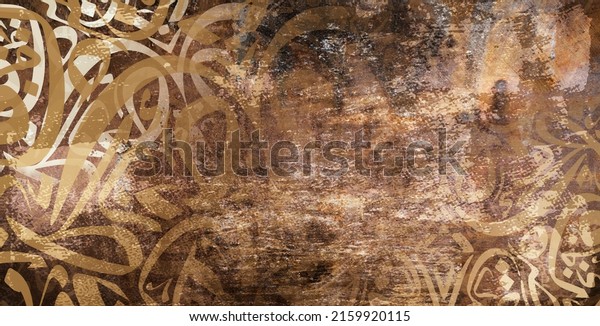
The Koran is the quintessential book. And which is taught, memorized, and studied in madrassas or schools almost at the same time that reading and writing are taught.
The canonical (official) version of the Qur’an was established in the first century of Islam (around the end of the 7th century) under the third caliphate of Uthman. Since then, copies of the text have multiplied, as no other text so late has done.
The reproduction of copies of a text with such a sacred value led to the development of calligraphy as an art and as a specific science.
The second historical reason for the development of calligraphic Islamic wall art is also religious. This is the express prohibition of the representation of images (sculpture and painting) that Islam shares with the biblical tradition.
The exception was Christianity
In this sense, the exception was Christianity. Which, due to contact with classical Greco-Latin culture, soon adopted religious imagery (iconodule). Although this did not fail to provoke certain conflicts of varying intensity on the part of Christian iconoclastic movements in reaction to these practices.
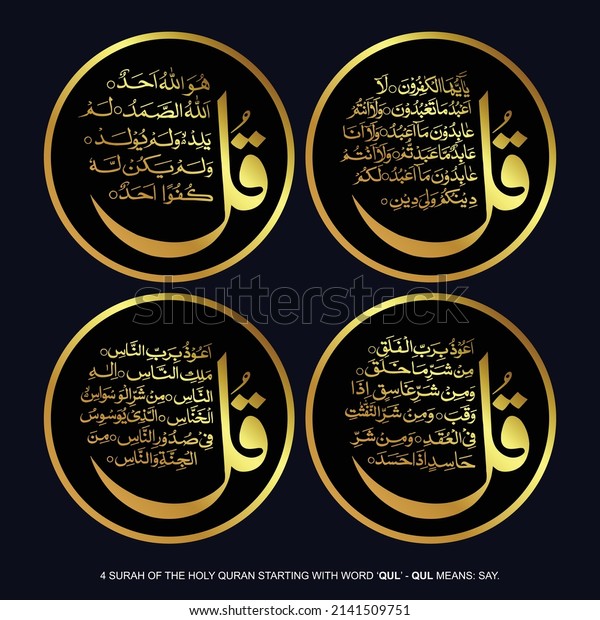
Consequently, the exclusion of images in Islamic wall art will be a decisive factor in the development of calligraphy. Because calligraphy becomes a decorative substitute for figuration in holy places. This will also become one of Islamic art’s most original and characteristic elements.
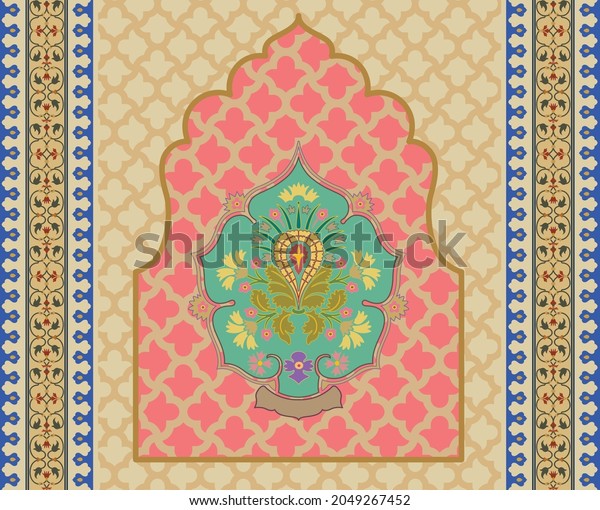
Instead of representing God or the prophet, or any other figurative motif related to religion, Islamic art replaces them with the calligraphic representation of their names. Or with phrases taken from the Koran.
Styles of Islamic calligraphy
The Kufic
This is the oldest form of the Arabic script Islamic wall art. The Kufic calligraphy style emphasizes solid and angular strokes. And which appear as a modified form of the ancient Nabataean script. Old Kufic consisted of about 17 letters without dots or diacritics.
Subsequently, dots and accents were added to help readers with pronunciation. And the set of Arabic letters increased to 28.
There were no specific rules for the use of the Kufic script. The only common feature is the angular and linear shapes of the letters.
The Naskh
This style of Islamic wall art coexisted using a cursive script with the Kufic. But because it lacked discipline and elegance in the early stages of its development, this manuscript is usually used for informal purposes.

With the rise of Islam, a new script was needed to match the pace of conversions. And a well-defined manuscript called the naskh first appeared in the 10th century.
The script is the most prevalent among the other styles used in the Qur’an. As well as in official ceremonies, and private correspondence. It became the basis for modern Arabic printing.
Correction font
The correction font is a font that many people use in their daily writing. It is one of the origins and easiest of Arabic fonts. And is characterized by its beauty and integrity. It is well written or drawn.
It is said that the name is similar to the writing on the ancient spot. But this classification did not meet with some scholars who said that the views did not agree at the beginning of the font. And the name, which had nothing to do with anything.

With the old line of correction, and that the pen is short letters, from the triangular and spherical line and between them, and many types.
The invention of Ottomans, invented it around 850 AH, to be the official line of transactions in all state departments. And for the privilege of personalities in the palace and the speed of writing.
Phrase wrote in correction
Phrase font is used to write the titles of books, newspapers, magazines, banners, and advertising. The advantage of this font is that the calligraphers kept it, and did not derive from it other fonts. Neither developed it from other fonts different from the rule. As is the case with the Persian, Diwani, Kofi, third and other fonts.
The correction line in the later lines in terms of setting rules was established by the famous Turkish calligrapher Mumtaz Bey. He was the advisor during the reign of Sultan Abdul Majeed Khan around 1280 AH and was invented by the Diwani line and the context line as it was a mixture between them before that.
This is the calligraphy written by people in Arab countries. Except for Maghreb countries in general, although some Iraqis write a third of them and copies.
The Persian line
The Persian line appeared in Persia in the seventh century AH (the thirteenth century AD), and it is called the commentary line.
The Iranians used the Ta’liq line from a line written by the Qur’an at that time, and it is called the kiramos line, and its first rules are said to be derived from the Tahrir line. third line.
The famous Iranian calligrapher Mir Ali al-Harawi al-Tabrizi, who died in 919 AH, and was probably a student of Zain al-Din Mahmud, then moved in 1524 from Herat to the country of the Uzbeks in Bukhara, where he worked on the continuation of the traditions established by the Herat School in the art Line.
Ijazah or signature
The signature font is also called the Rihani script, and it is called Ijazah to be used in writing the written leave. Ijazah font emerged in Baghdad and developed in the Ottoman Empire and then spread.
This line is distinguished as a mixture between the Naskh line and the third line. And it is simply the beauty of reproduction, prestige, and dignity of the third. The viewer is pleased to read and relax his soul.
This calligraphy was invented by the calligrapher Youssef Al-Shagari, who died in 200 AH. And he called it the “Signature Line.” Because the Caliphs were signing it, and the books were written by the Caliph Al-Mamun.
This calligraphy was later developed by the calligrapher Mir Ali Sultan Tabrizi. And calligraphers were still writing their holidays to their students, like the ancients.
The Diwani script
The Diwani script is one of the fonts invented by the Ottomans. It is said that the first person to set his rules and determine his schedules was the calligrapher Ibrahim Munif. This line was officially known after the opening of the Ottoman Sultan Muhammad al-Fatih from Constantinople in 857 AH and was called Diwani about the government offices in which he was writing.
The Al-Diwani script is the same as the Rihani script, but it differs from it by overlaying its letters in some of them consistently and consistently, especially the alphabets and lamas. Overlapping in some of them resembles basil sticks. That is why this was called by the Rohani. In this era, it was called Al-Ghazali calligraphy, in relataboutligrapher Mustafa Ba Ghozlan, as he perfected his great mastery. He taught Mahmoud Shukri Pasha, head of the Egyptian Royal Court.
The font is distinguished by its arches, and it is not without a parenthesis letter. The origin of the Diwaniyah script drawings was written directly in the reed pen with a piece of free manufacture. And the modification is more accurate in his letters with accurately transmitted letters, namely: A, C, D, W, and R.
However, an experienced calligrapher writes this type with a single letter, by the requirements for letters with high endings, as well as in the drawing of the descending millennium, pain, And the cup, the H cup, its variants, the meme and others with high ends.
Tughra Calligraphy
The tughra calligraphy is one of the forms of Arabic calligraphy written in the thuluth script in particular. Its origin is a sign on a plate written in royal orders, Islamic money, or other things, and it mentions the name or title of the Sultan.
“The sultans and rulers of Turkey, Ajams and Tatars took their seal, and the sultans might replace the seal by drawing royal Tigris on patents and publications, and they have specific documents. But tyrants often do not print but draw when the Euphrates.
It is said that the origin of the word Tagara is a Tatar word that contains the name and title of the sultan and that the first to be used by the third sultan in the Ottoman Empire was Murad. Before the Sultans of Oghuz, the writing of Tigrin came in the sense of the shadow of the wing of that bird.
Moroccan calligraphy
A type of local Kufic script appeared in Morocco and Andalusia, known as the Moroccan Kufic script, and is usually used in writing his manuscripts and correspondence. It is closer to the Naskh and the third line, which is characterized by its letters that combine in their form between dry and soft lines together, giving it a distinctive character.
The writer of this type of calligraphy draws some letters such as indentation, nun, and end meal in a semi-circular arch that goes down at the level of the line and repeats its length. The calligrapher mixes these rays with other letters in a dry form and the corners, reminiscent of primitive Arabic script. This type was used until it was replaced by the Naskh script in writing the Qur’an in the seventh century AH.
The most notable feature of Moroccan calligraphy: the smoothness of the nun’s bows and the like, has been measured and compared with its dry origin. The alif was drawn on a straight line and the scorpion that was attached to it was removed from the right. A thousand slopes descend from the level of the calligraphy, and the Kufic features are one of the features we see remaining in the Moroccan calligraphy.
Modern
In the post-colonial era, artists working in North Africa and the Middle East transformed Arabic calligraphy into a modern art movement. And it is known as the Hurufiyya movement.
Also known as the North African craftsmanship or calligraphy movement. Artists working in this field use calligraphy as a graphic model within contemporary artwork.
The term, hurifiyya is derived from the Arabic term, letter for letter. Traditionally, this term has been assigned a mystical sense and esoteric sorting.
It is an explicit reference to the medieval system of teaching that includes political theology and Letterism. In this theology, the letters were seen as the primal signifiers and manipulators of the universe.




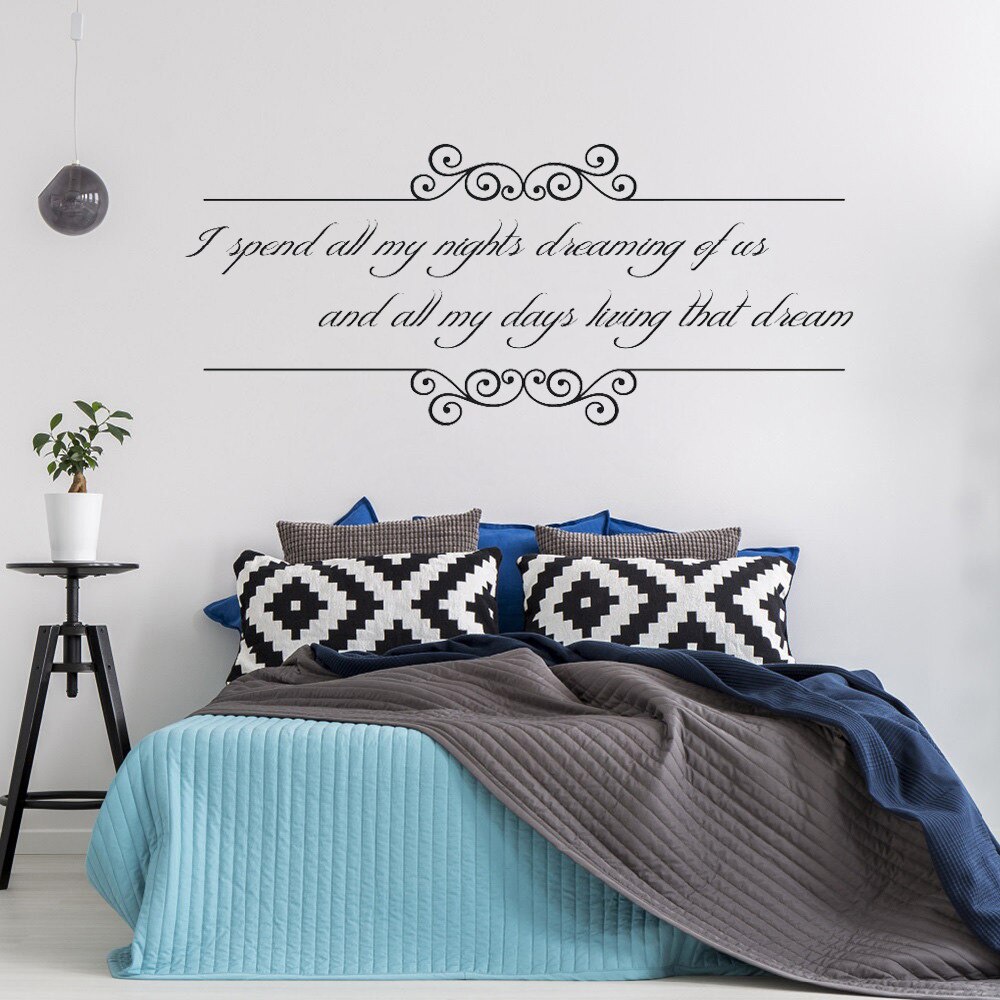



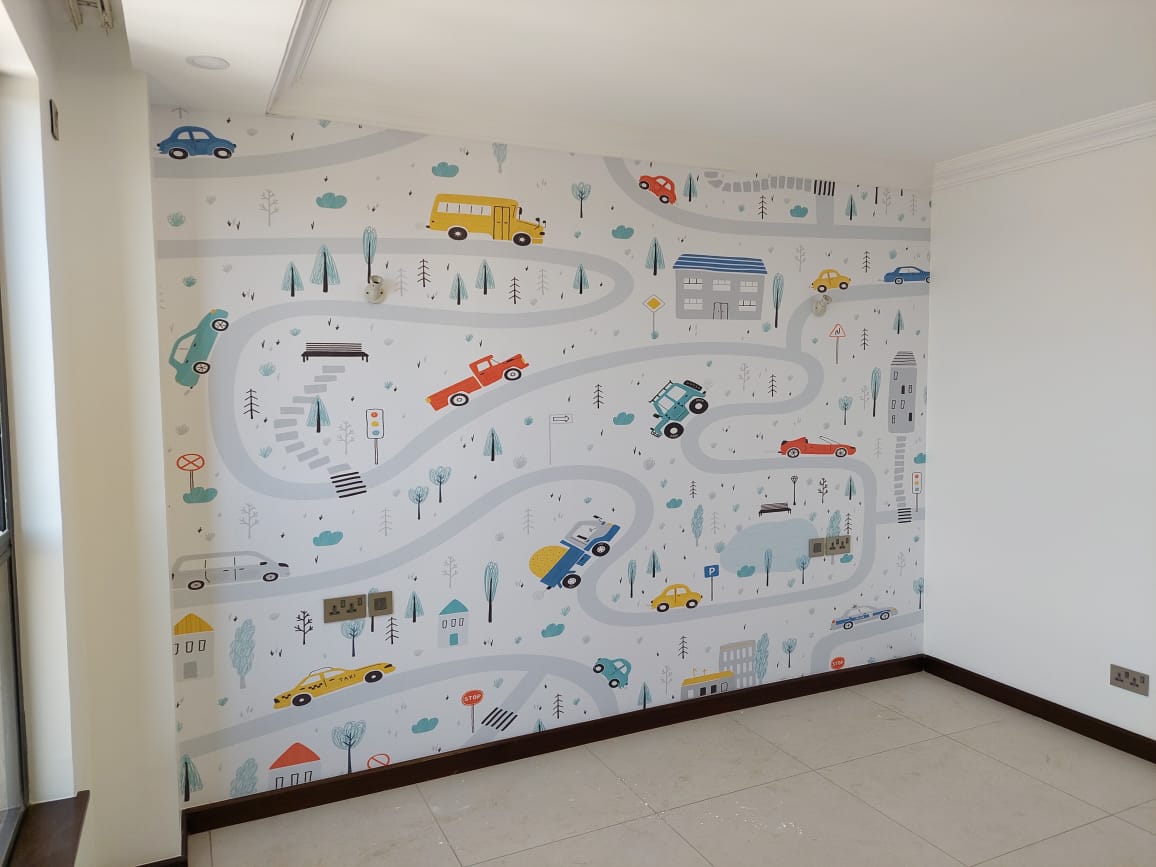
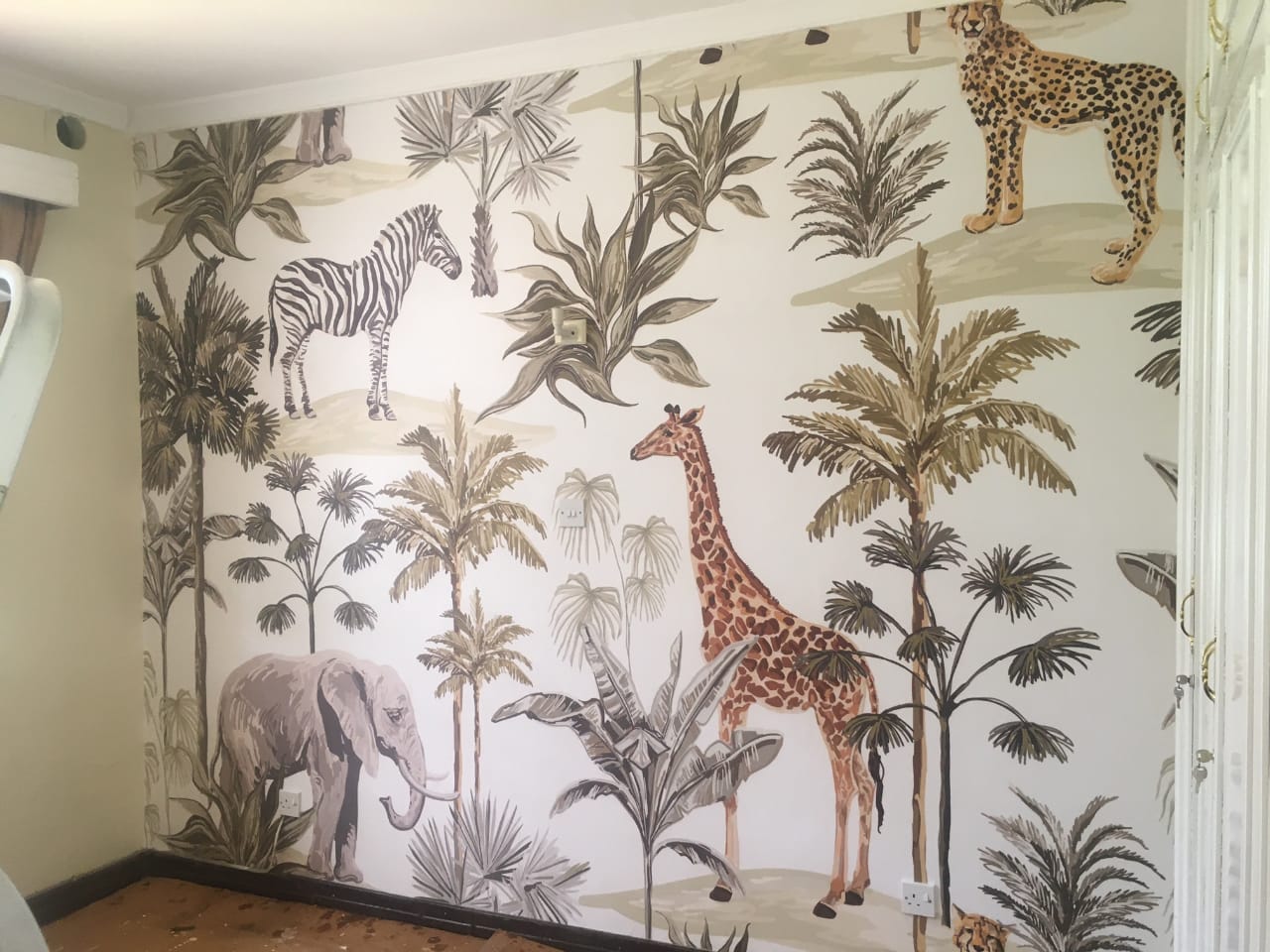
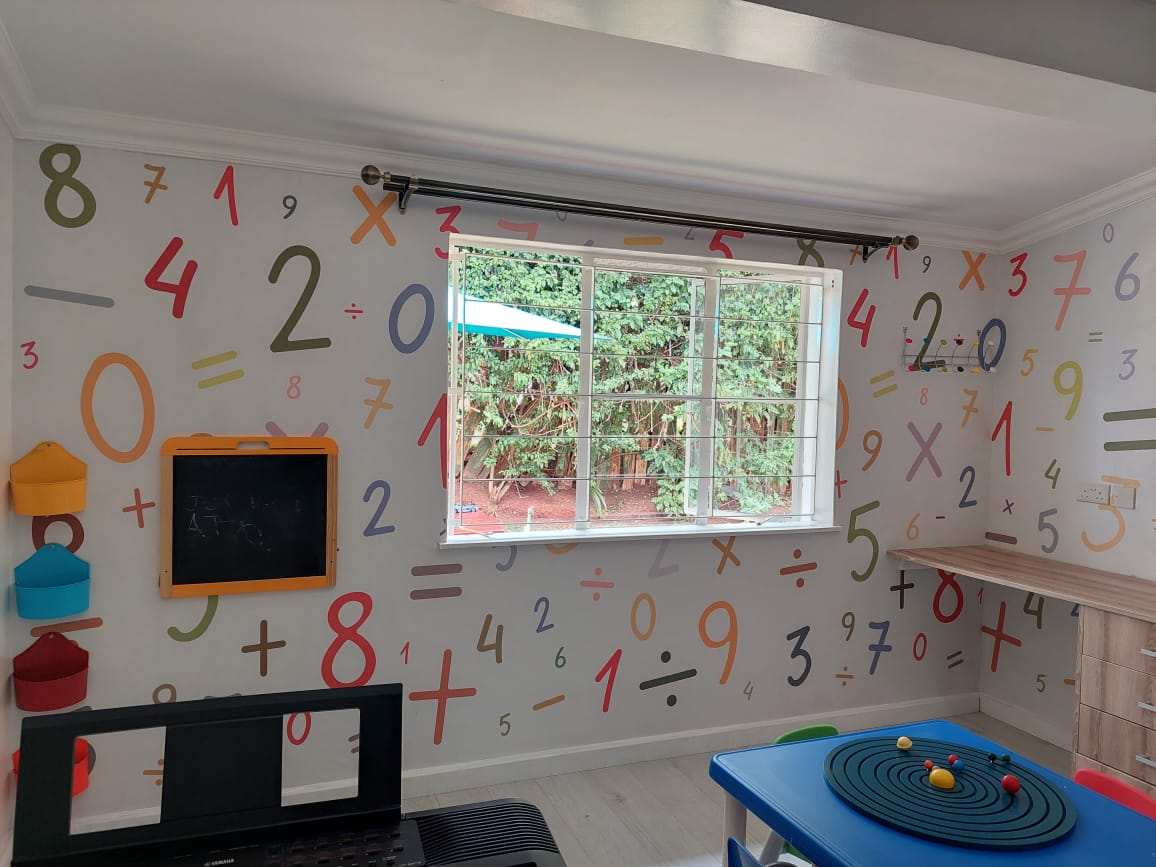
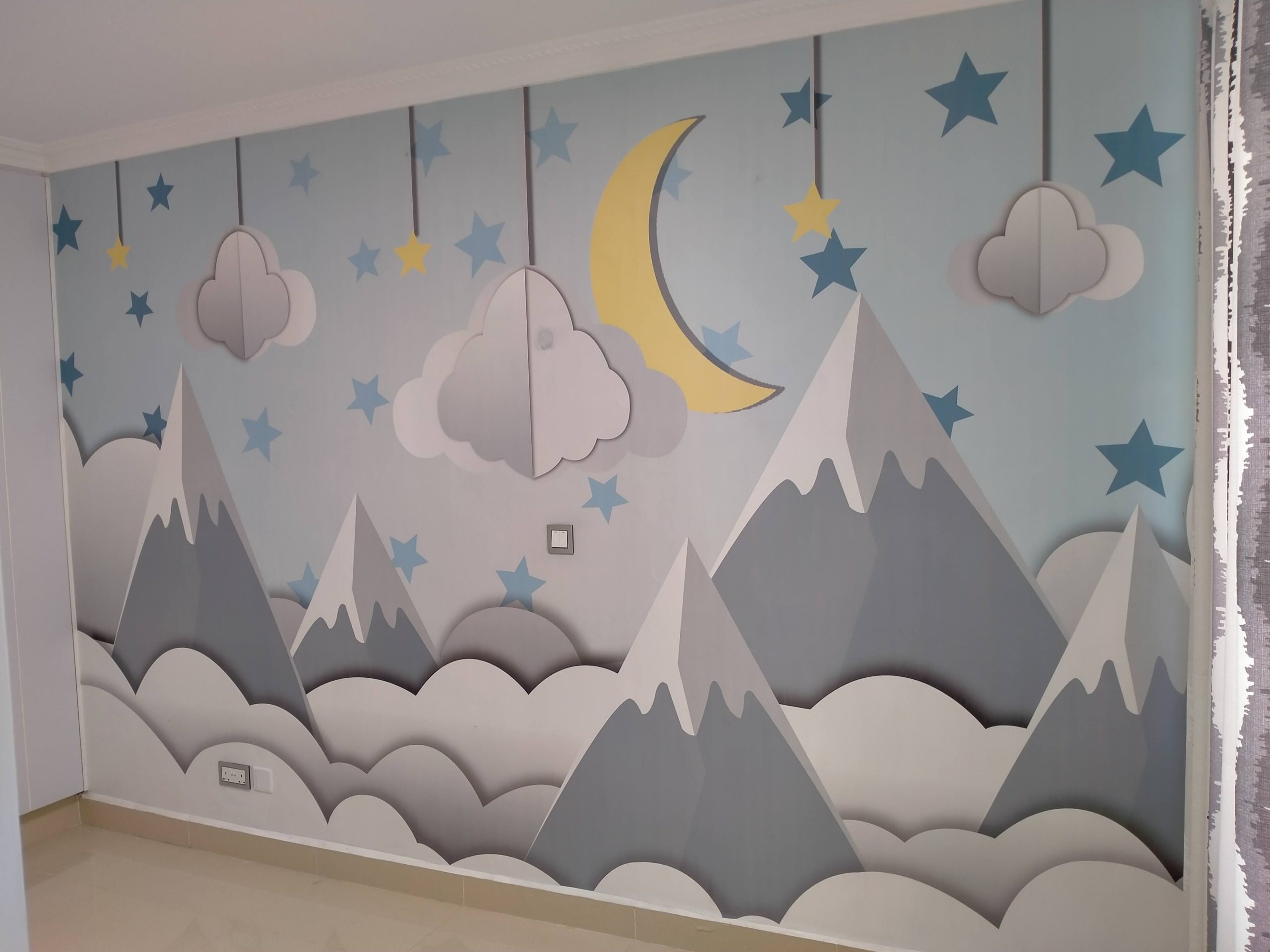


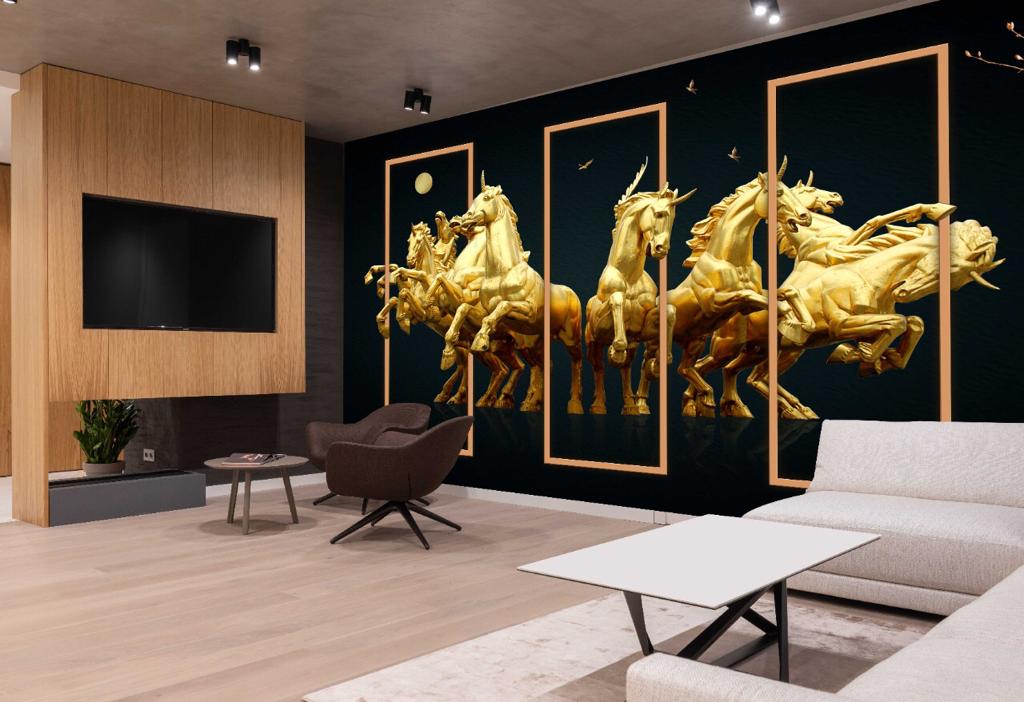

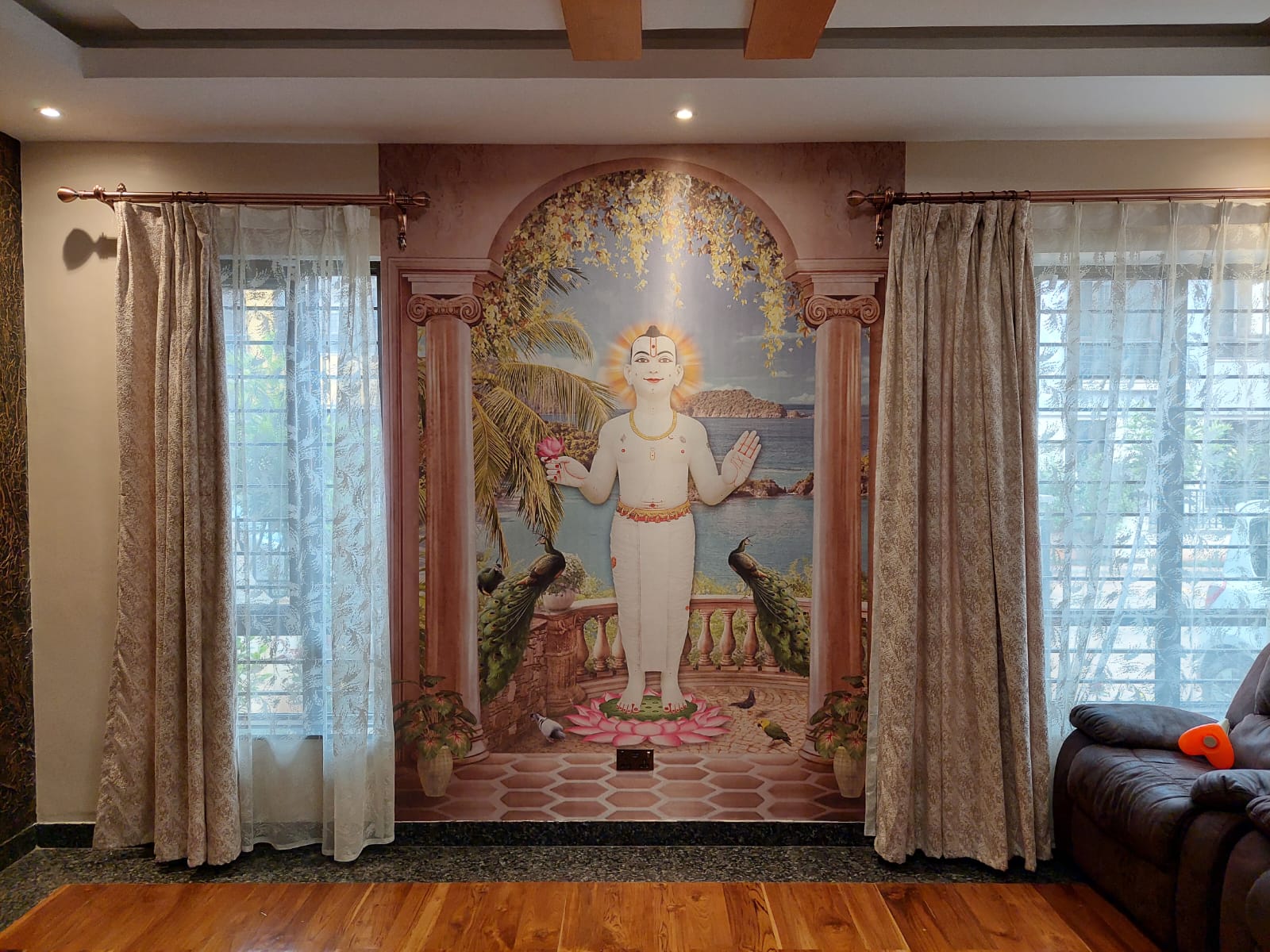
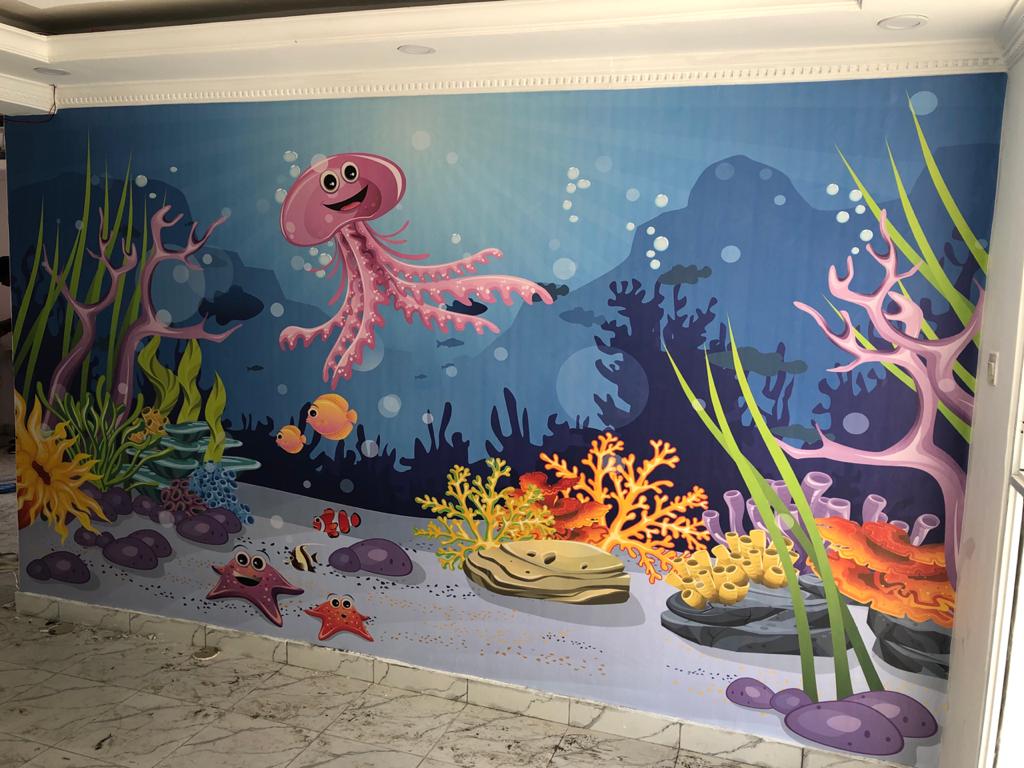
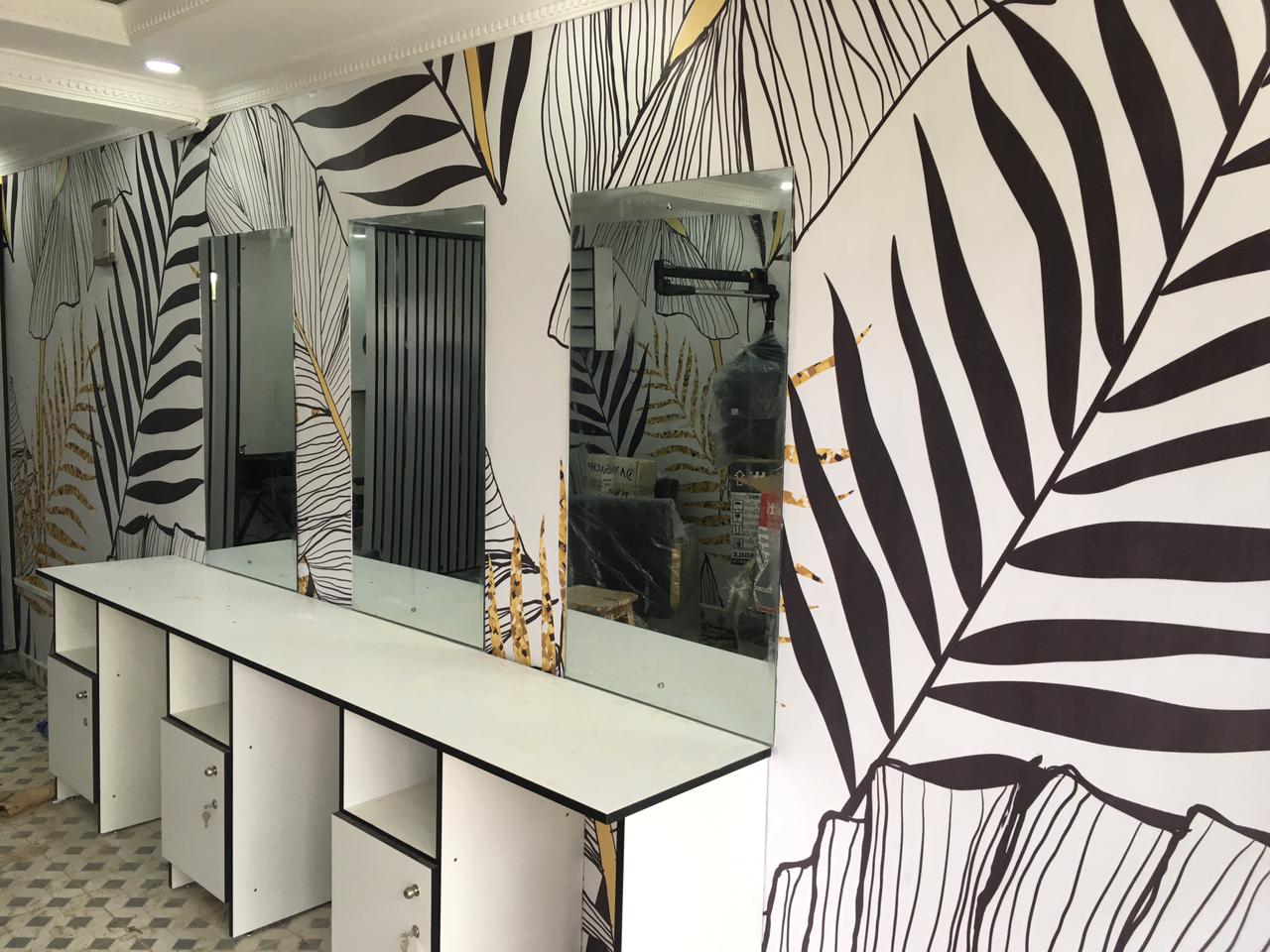
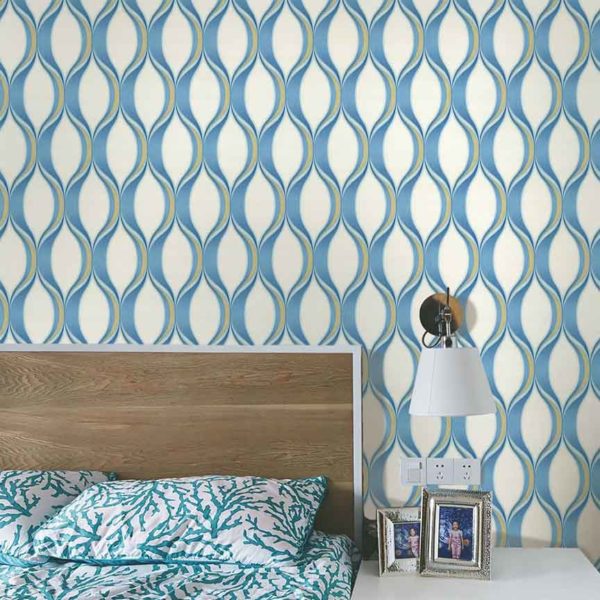
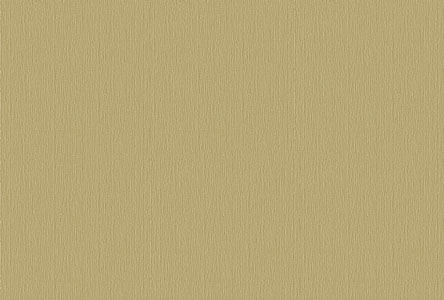
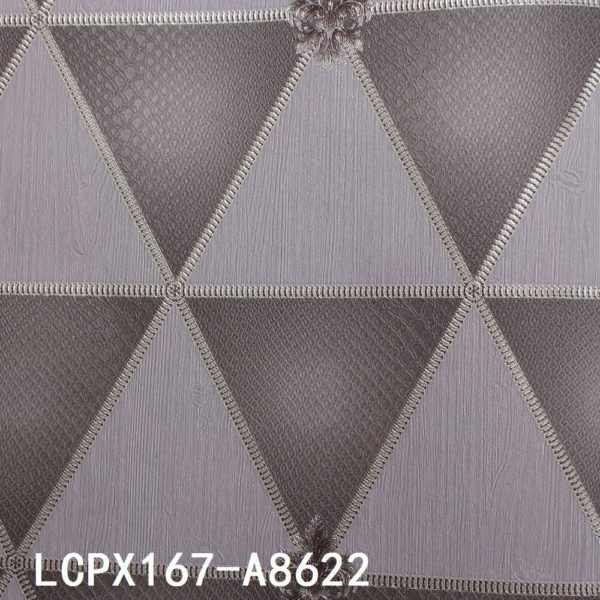
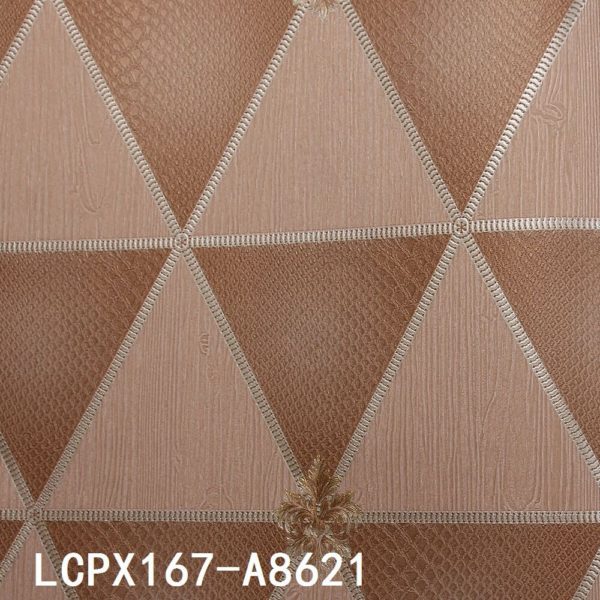
Reviews
There are no reviews yet.